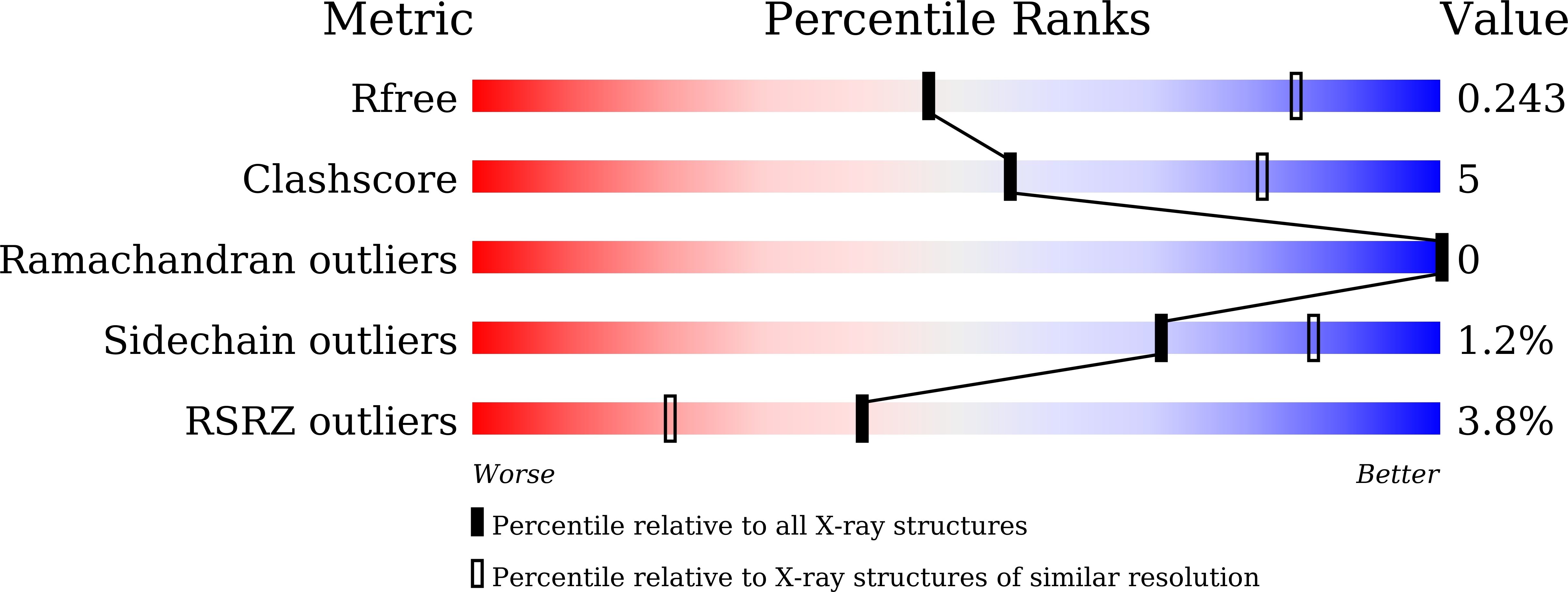
Deposition Date
2022-03-15
Release Date
2023-03-15
Last Version Date
2023-11-29
Method Details:
Experimental Method:
Resolution:
3.08 Å
R-Value Free:
0.24
R-Value Work:
0.21
R-Value Observed:
0.21
Space Group:
C 2 2 21


